Report on the San Bernardino – Riverside Line October 26, 1933
Above: PE 1214 rolls northbound on Market Street at 4th Street passing the classic Hotel Casa de Anza. Riverside, California, April 17. 1939. Charles D. Savage photo, Donald Duke collection, PERyhs.org.
By Steve Crise
A few months ago, we received a very generous donation from a long-time supporter of the Pacific Electric Historical Society, Martin Banks. His donation of the following report titled “Report on the San Bernardino – Riverside Line, October 26, 1933,” shed some interesting insights on the finical considerations made when officials of the Pacific Electric were reviewing the profitability one of their main lines in the Eastern District, the San Bernardino – Riverside Line.
The comments contained within the report reflect the struggles of the Pacific Electric Railway trying to survive and make some sort of a profit during in the midst of the Great Depression. A breakdown of expenses and losses will be most telling of the issues needed to consider to either maintain service on the line, or to abandoned it partially or completely.
According to “Interurbans – The National Electric Railway News Digest,” Volume 12, number 2, by Ira Swett, the end of passenger on the entire Riverside Line came in the middle of WW II on January 10th, 1943.
Please enjoy this fascinating report that details the viability of the San Bernardino – Riverside Line and gain some understanding of the complexities and issues of abandoning an interurban line.
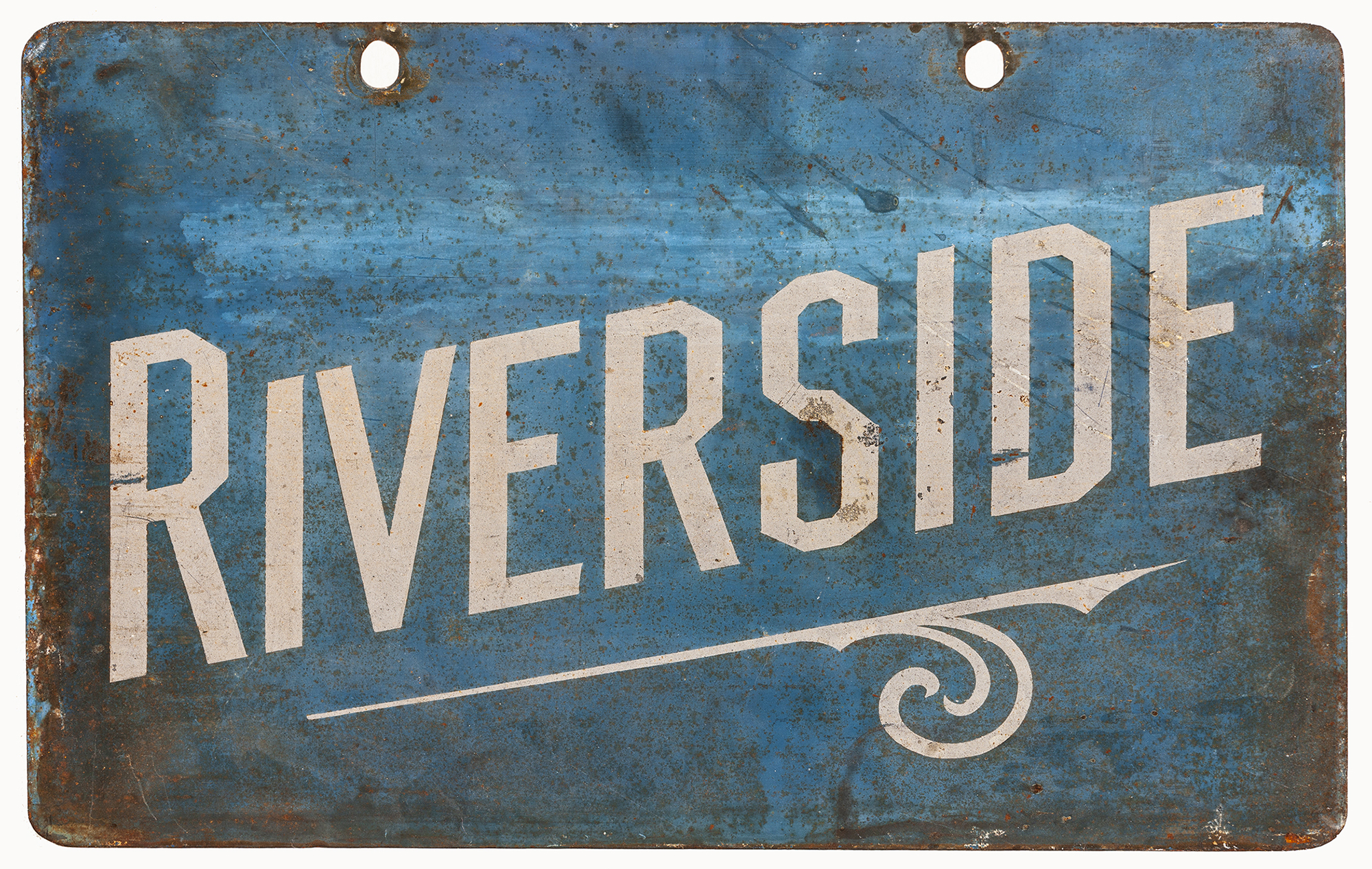
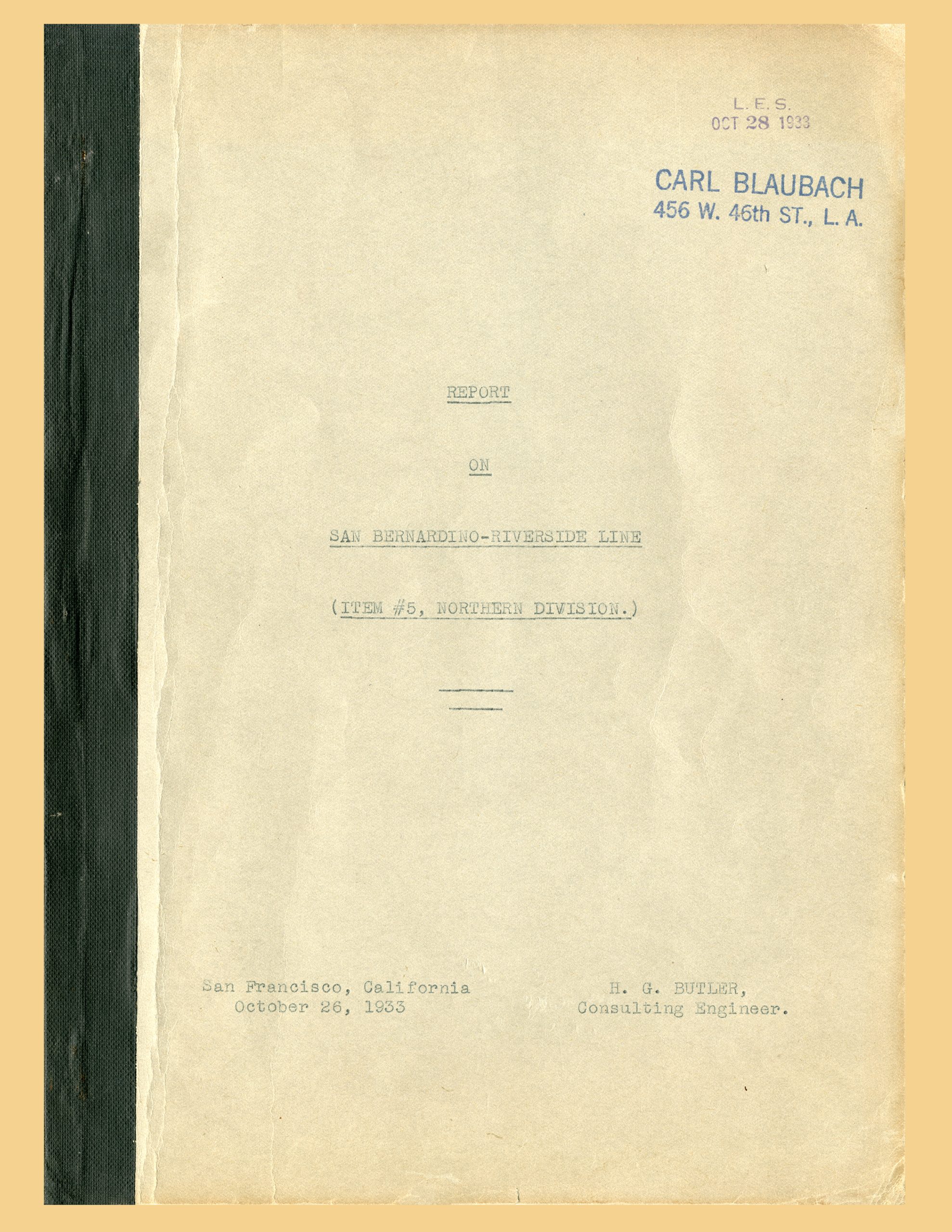
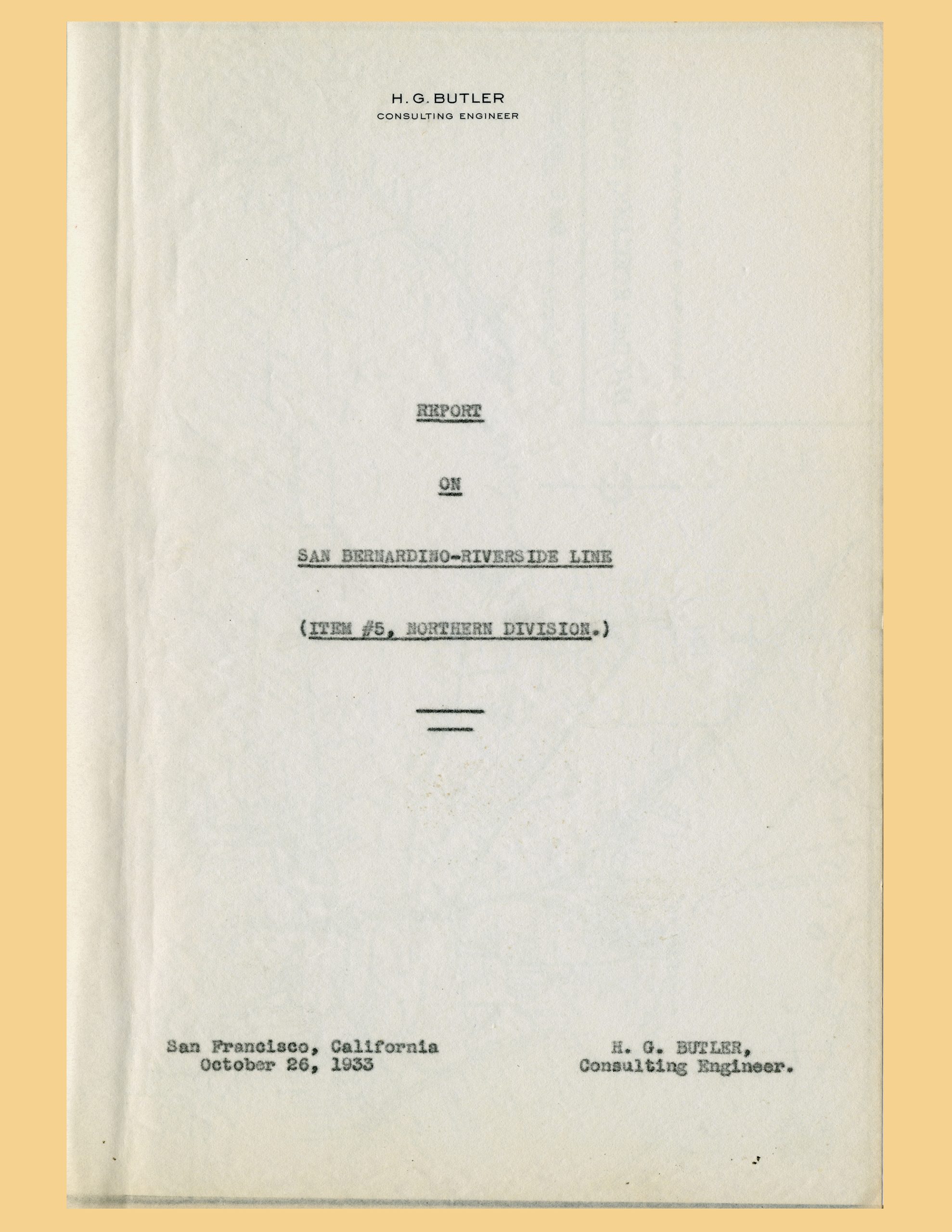

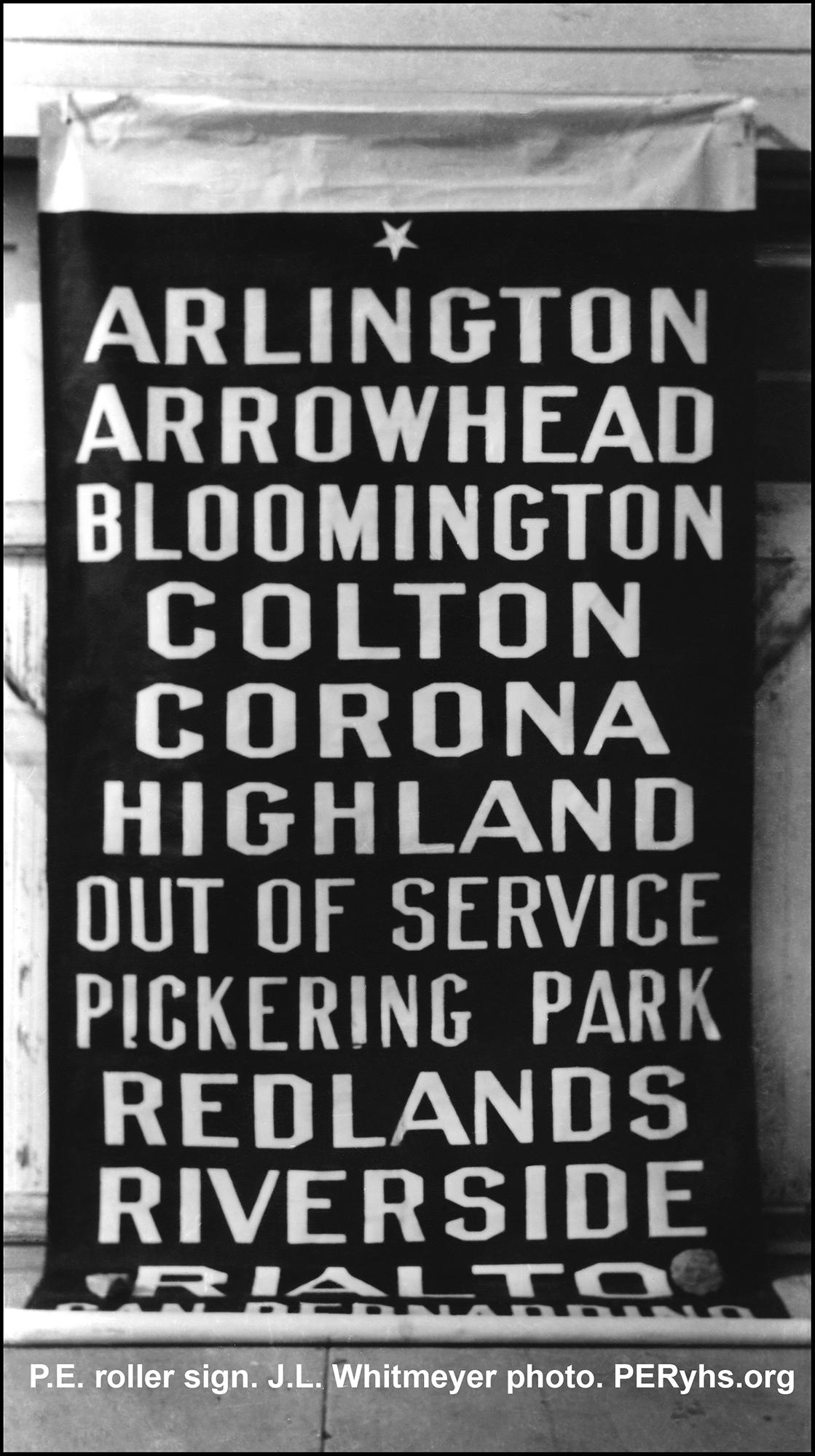
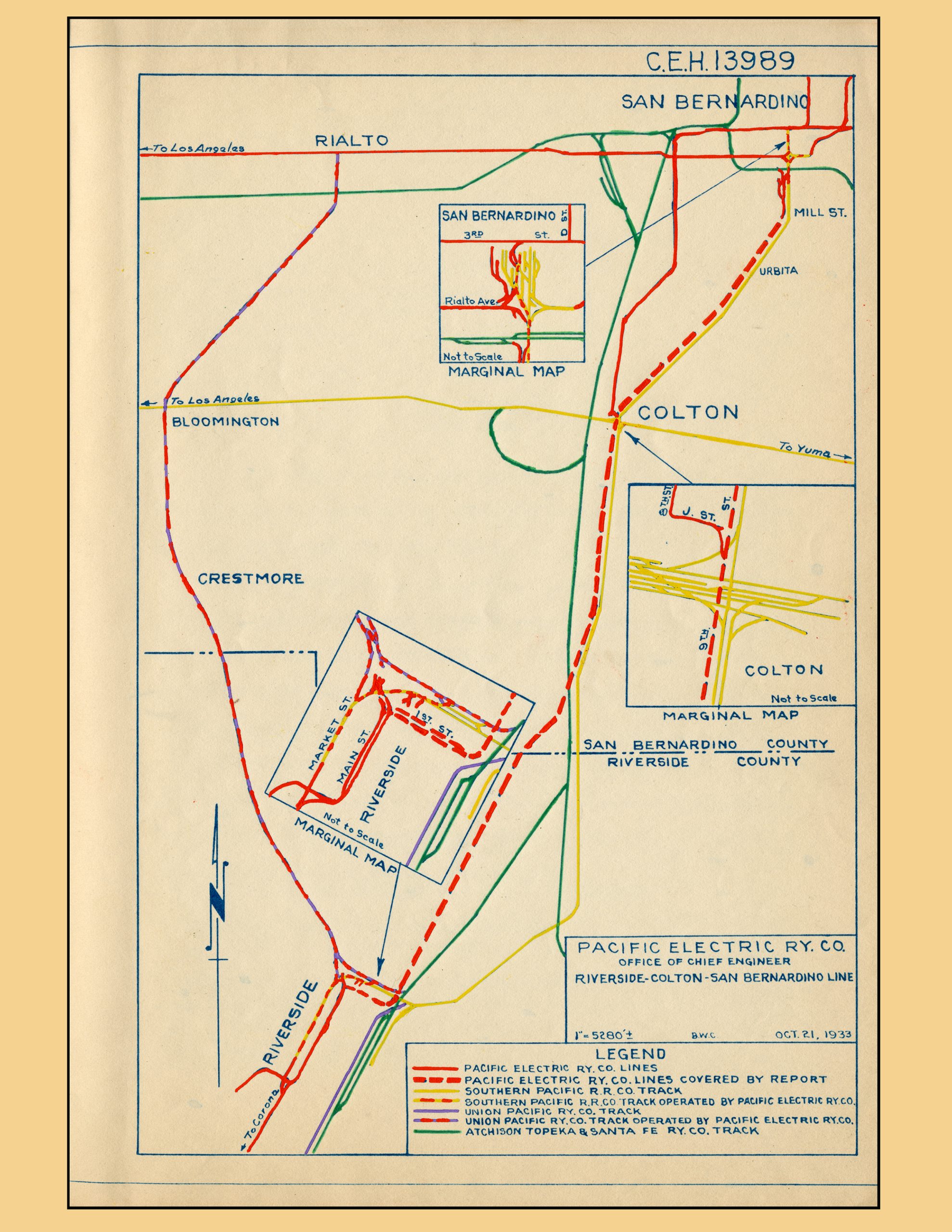
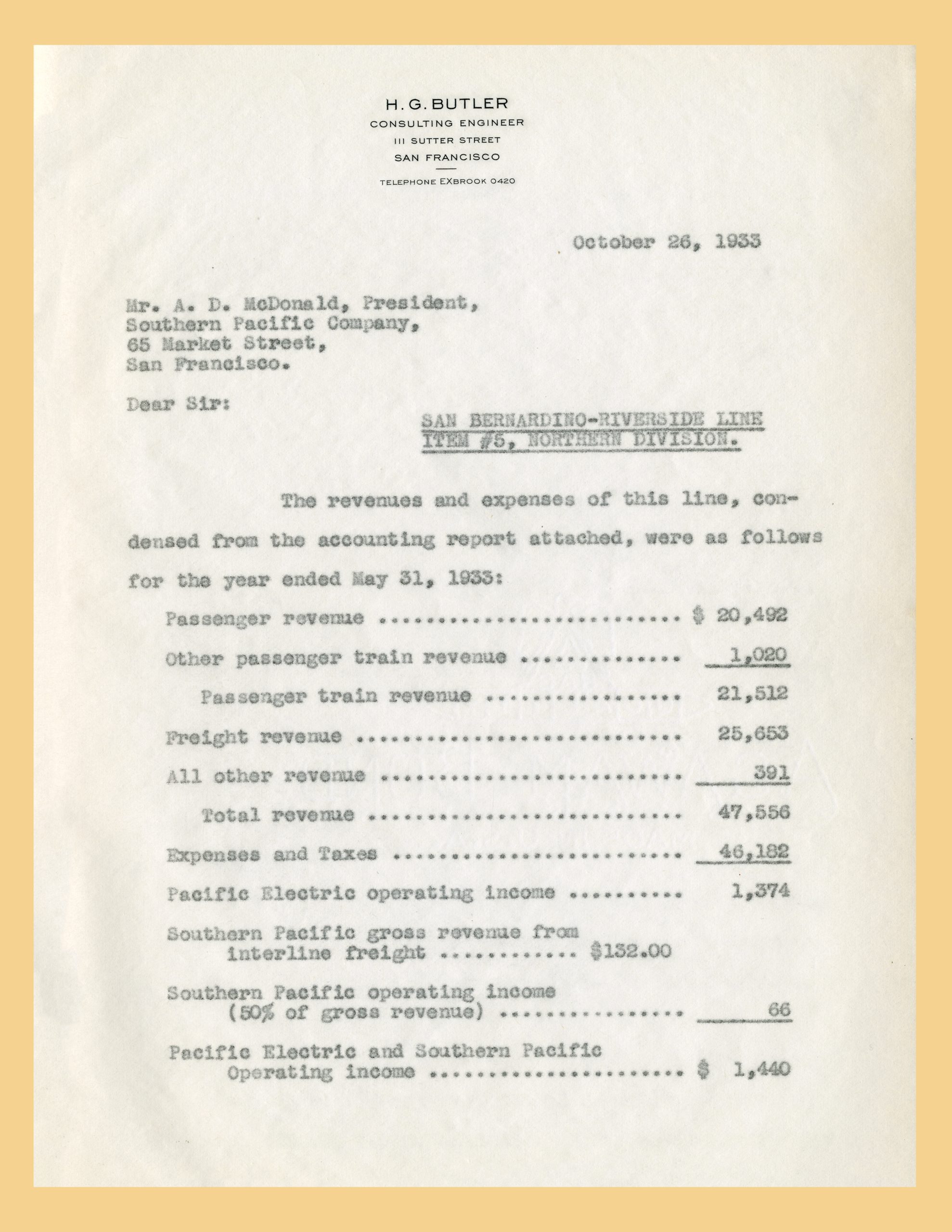
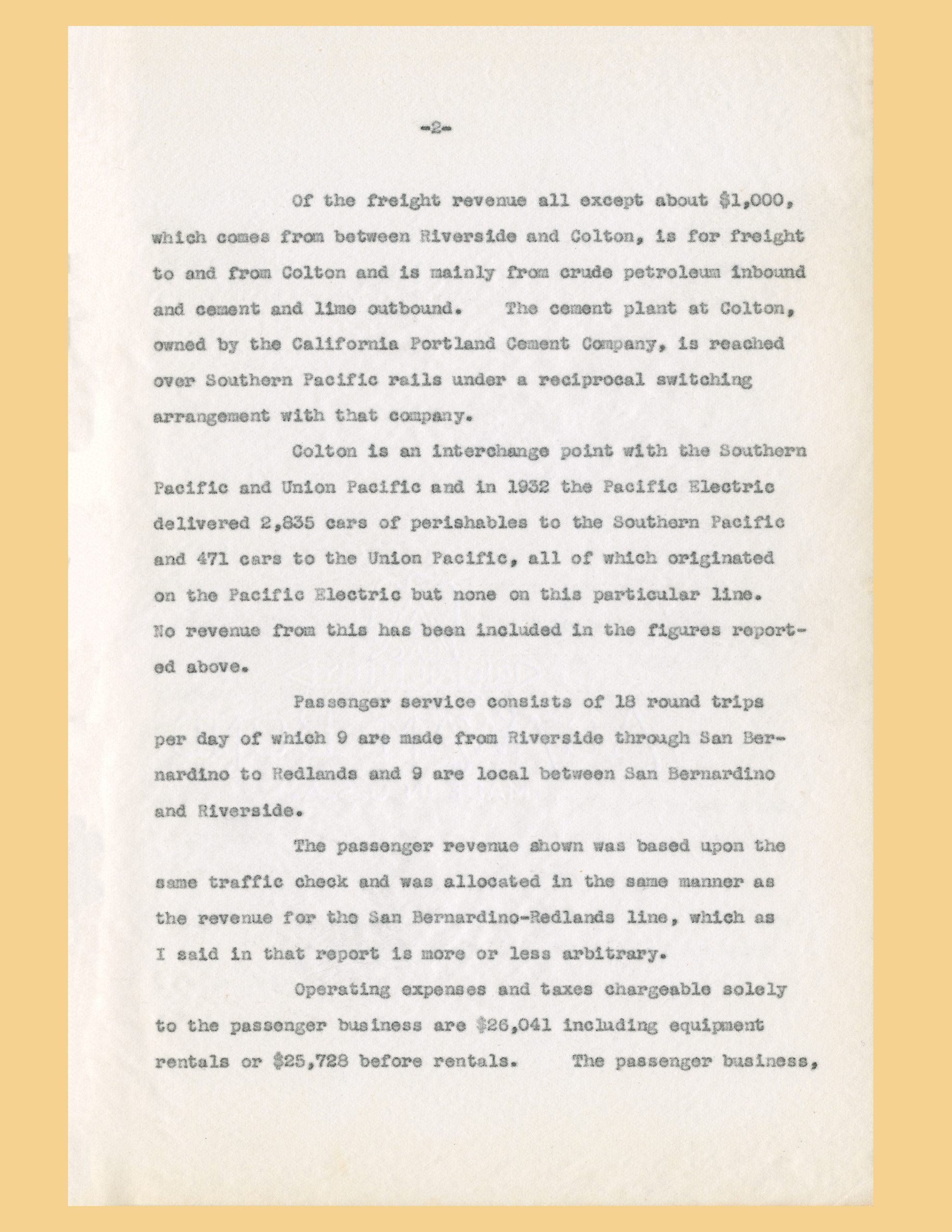

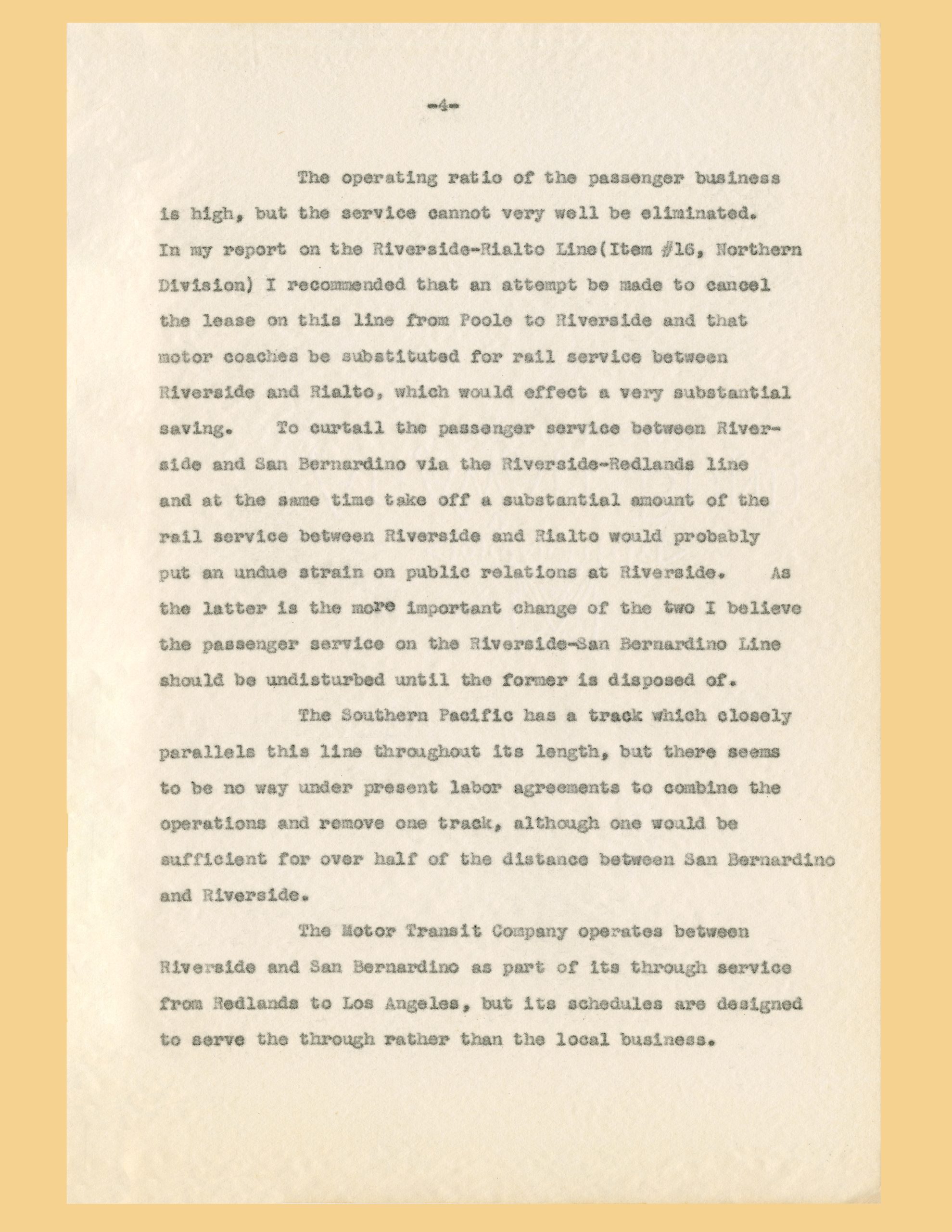
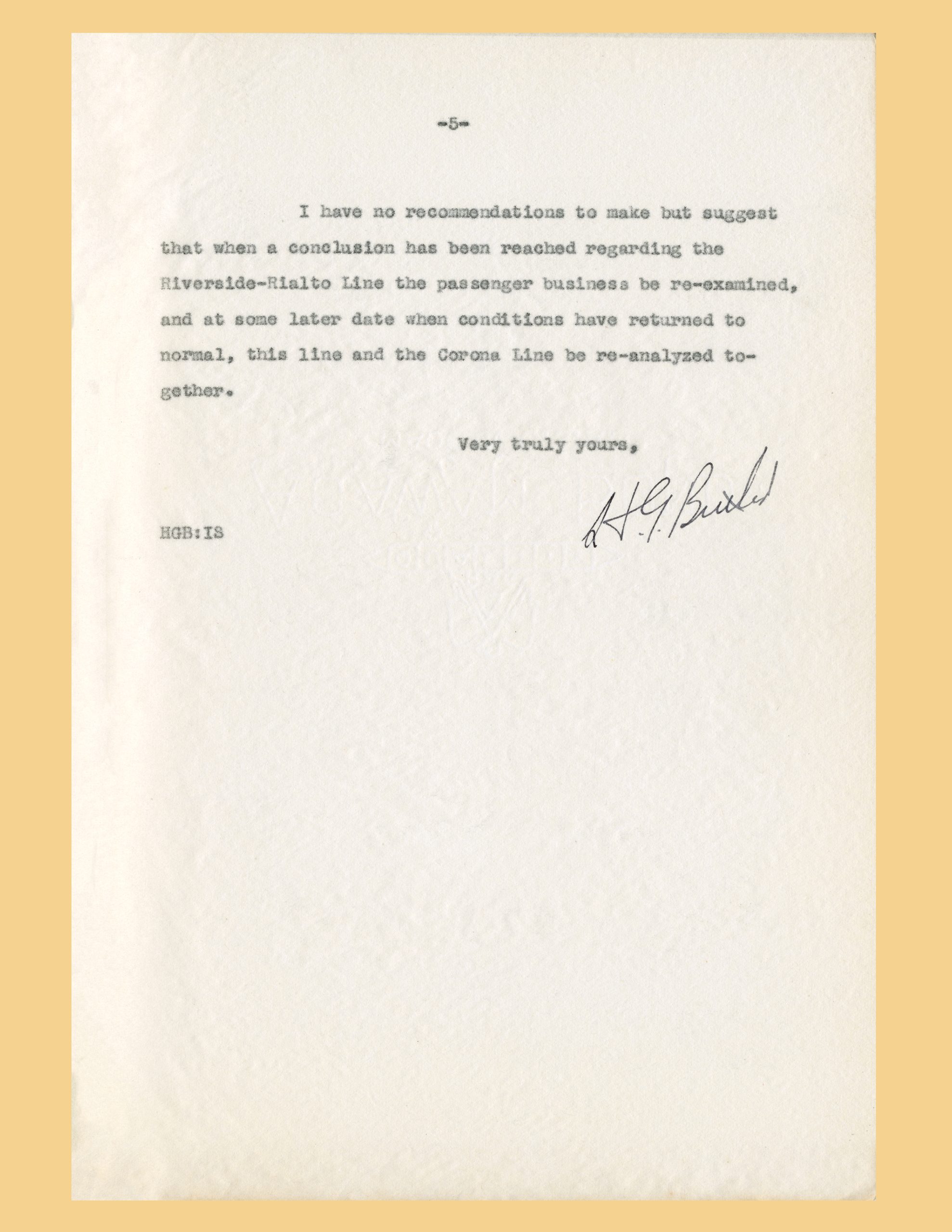
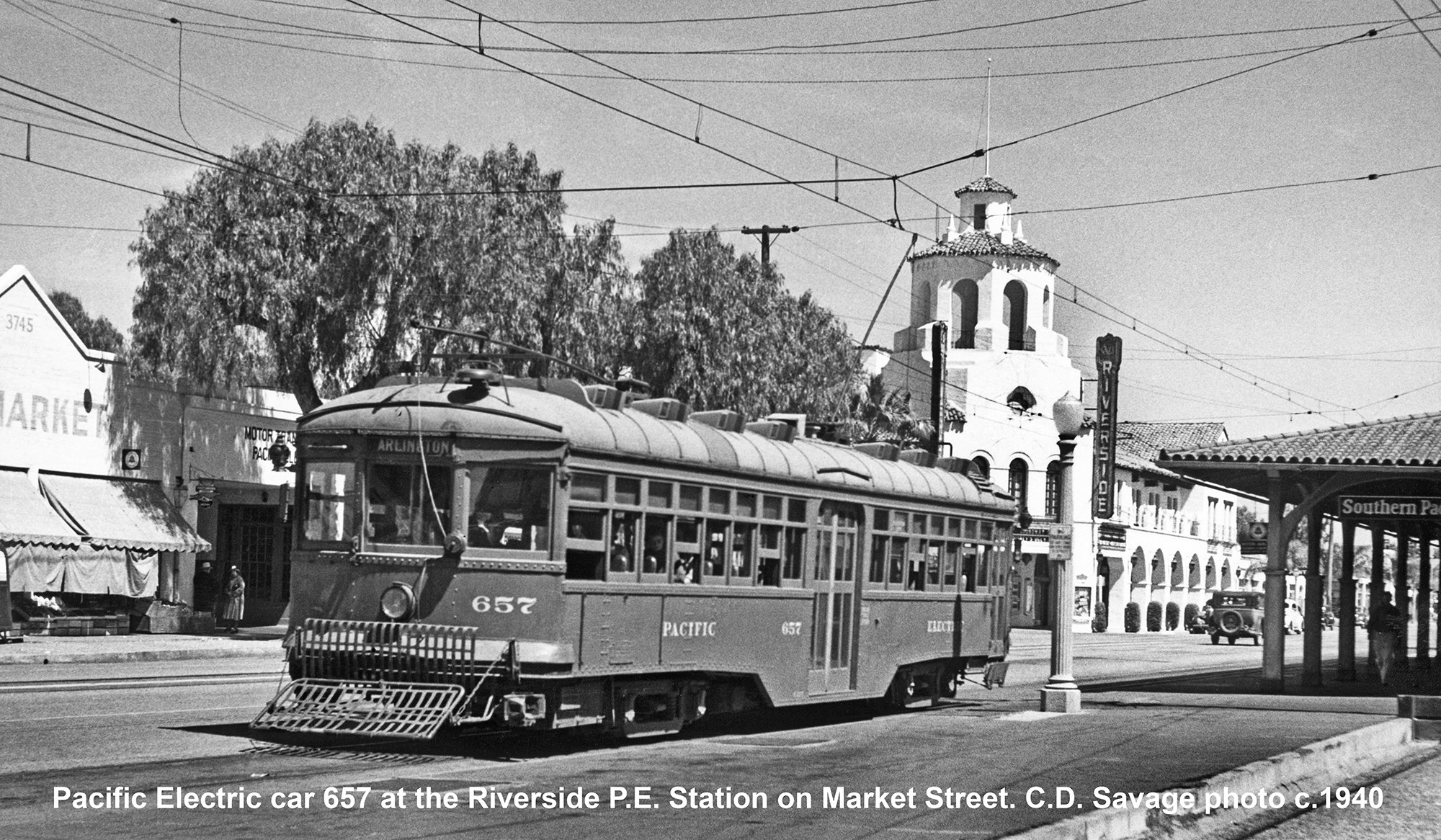





Steve, this is a great article on the history of the Riverside Line and P.E. Railway in general.
Thank you Martin, and thank you for your generous donation of this wonderful document. I think it provides a valuable insight into the decisions that had to be consider in order to determine the a fate of one of PE’s earliest lines.
Was page 3 missing?
Thanks Al, I did indeed miss a page! thanks for pointing it out. Fixed now thanks to our webmaster.
Gotta say I love that first photo as it’s so rare to see any shots up at the further north end of town.
A 1935 Riverside Historical Document and map drawing (link) concerning Espee/PE land given over to roadway: https://riversideca.gov/pwsurvey/deeds/d1-d3499/d1085.pdf